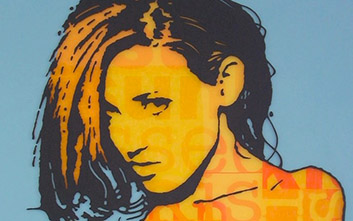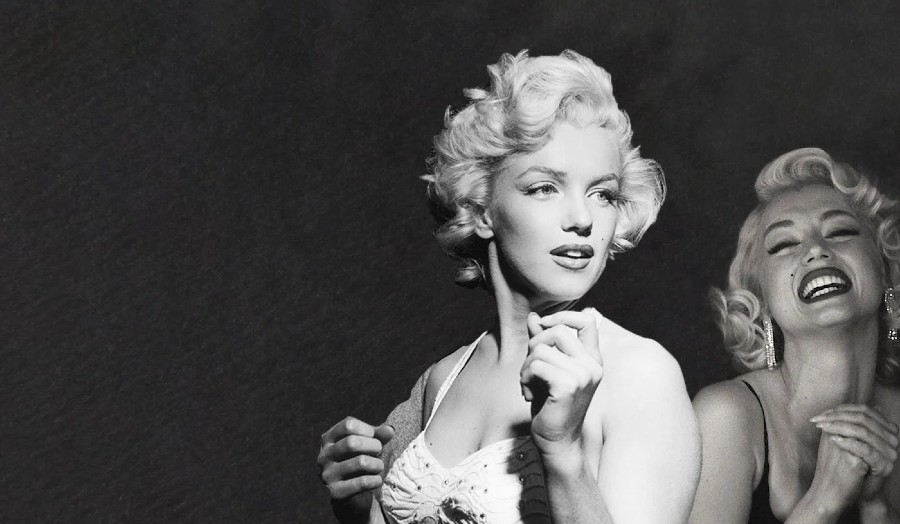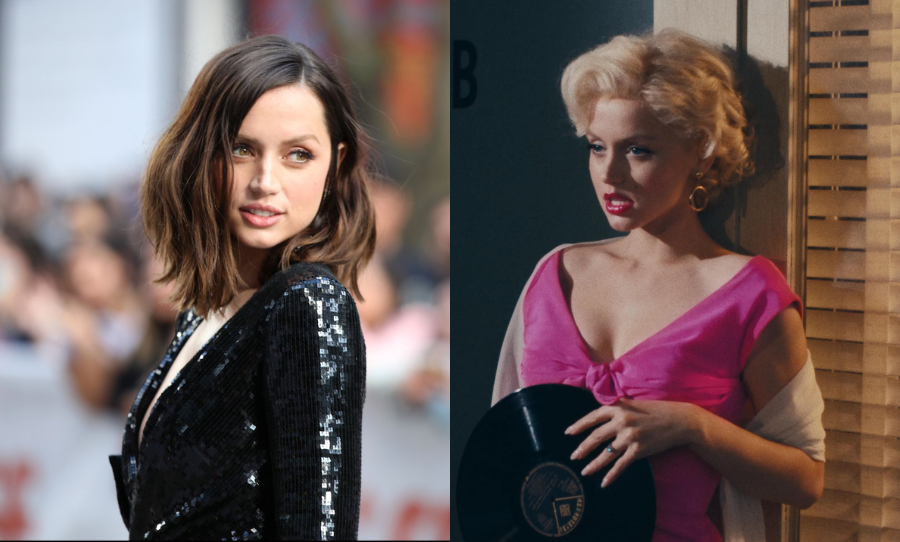Andrew Mangelsdorf toys with the expectations of the audience by using well-known iconography in contrast to unique, often bizarre materials and techniques. We spoke to Andrew and asked him about his latest exhibition at the Soho Arts Space, his influences and what makes his art stand apart from the crowd.
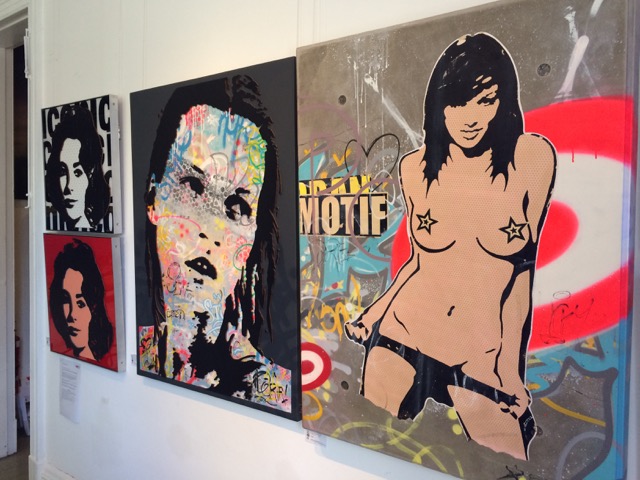
Vibrant, cool and different from every angle, the art of Andrew Mangelsdorf challenges feelings of familiarity with every new perspective.
HAPPY: Hi Andrew, thank you for taking the time. Can you briefly introduce yourself?
ANDREW: I’m a Sydney based artist working in composite assemblage creating artworks using many different materials such as kevlar, carbon fibre, perspex and plywood along with more conventional mediums. I show in Sydney galleries as well as interstate and overseas.
HAPPY: Your artwork is very colourful and vibrant. What are you trying to communicate with your art?
ANDREW: My idea of a great artwork is something that’s striking from a distance and has the ability to draw you in – art needs to be bold and have colour. I leave politics, religion etc out of it. It’s about having some fun and not getting too serious.
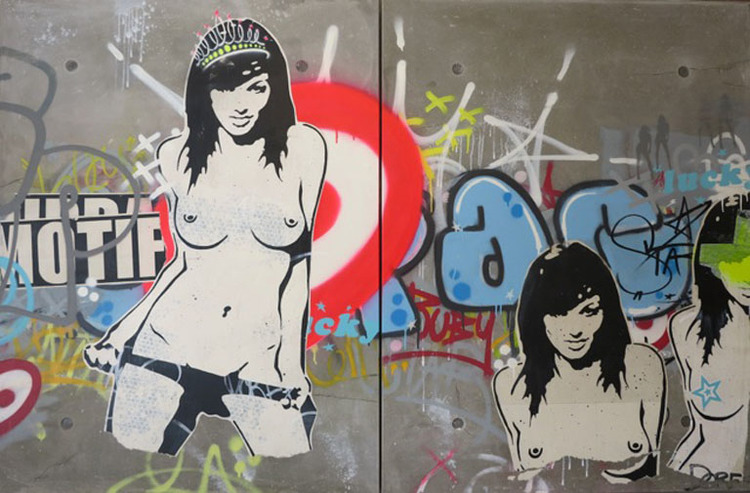
HAPPY: You’re working with a lot with light and again, colour. However, is there another creative medium you’d love to pursue but haven’t yet?
ANDREW: My most recent works are paint and paper collage on moulded lightweight composite concrete panels that I developed and make myself. They look and feel like solid concrete walls and provide a great surface to work on, it’s a bit of an illusion – it gives me a bit more freedom and an opportunity to be more spontaneous with my content because there is less pre planning, I can just go for it. I plan to push this idea further but I would also love to do a series of work involving video or take the work off the wall completely and work in a more sculptural way.
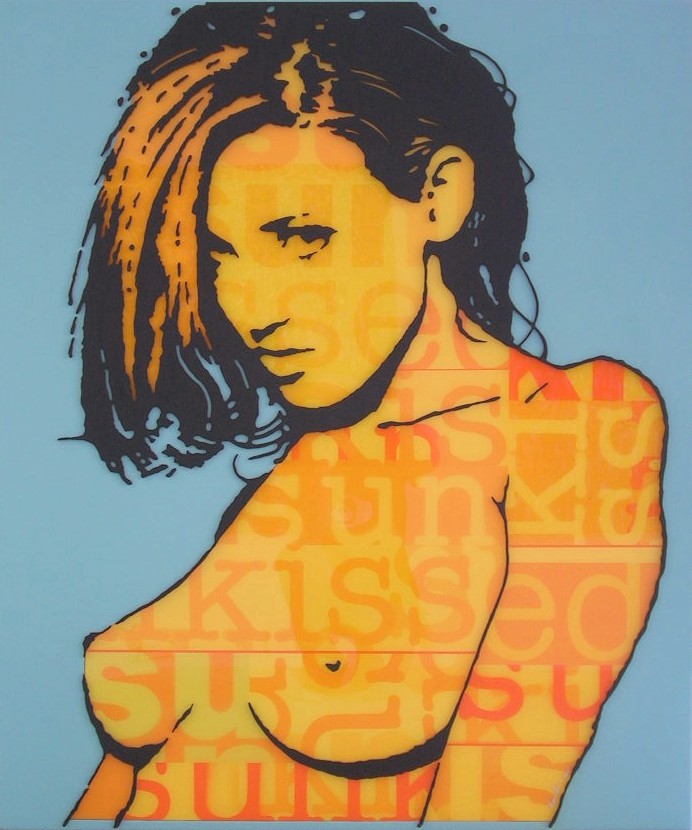
HAPPY: What does being an artist mean to you? And who are your biggest influences?
ANDREW: It’s an opportunity to explore ideas, express yourself and create something from nothing. In early days I was influenced by Brett Whiteley, I love his use of colour, flowing lines and the way he draws nudes, he also used a lot of different mediums and never held back. I obviously draw influence from Warhol, his ability to strip an image back to a minimal state and again, use of colour. I’m fascinated by a lot of street artists like Lister because they are so free with their art and always doing pretty clever stuff.
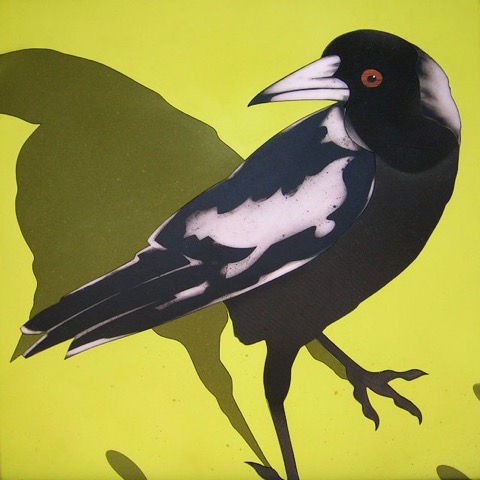
HAPPY: Do you have any kind of creative patterns, routines or rituals?
ANDREW: Not really, but the ideas usually evolve in the same way, once I figure out what I’m going to do my brain starts breaking down that picture into layers – I’m often thinking in reverse. Because the work has so many hand made components there is a process I follow, everything needs to be done in a particular order for it all to fall into place.
HAPPY: You’ve had your artwork on display in quite a lot of exhibitions. How does it make you feel?
ANDREW: I’ve always got work on public display and I never lose that ‘buzz’ feeling when someone shows interest or it goes on display in a new place. It’s a pretty cool feeling when your work is hanging somewhere like Hong Kong and you’re getting feedback on the reaction it’s causing – that’s the addictive part to making art. It doesn’t have to sell to be satisfying but it sorta helps.
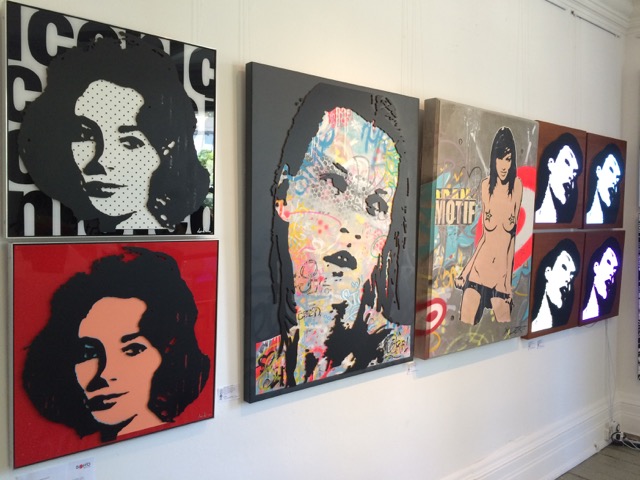
HAPPY: Could you tell us a little bit about your technique and how it influences your artistic style?
ANDREW: I use a lot of different techniques in my art. I pretty much unload all the skills I’ve picked up over the years – most of which come from my boating background. I love using resins, power tools and paint. Works start out as a bunch of stock materials like plywood, perspex, carbon cloth or epoxy and slowly I refine, laminate and shape them into individual components that are assembled in layers to complete the work.
There is a lot of pre-planning, template making and process involved – it’s hands on and exciting. The main thing is that the work is robust enough to last a lifetime but finished fine enough to be art. I’m constantly trying to figure out ways to do things differently, artwork can be way more than just paint on canvas
HAPPY: Your Famous Faces wall features icons such as Marilyn Monroe and Liz Taylor. What made you choose these iconic celebrities?
ANDREW: The original wall had about 25 individual artworks in total and occupied a space ten meters long – I used Marilyn Monroe, Liz Taylor, Bettie Page and Kate Moss because they are easily recognisable and all super iconic people that span generations – from the early black and white magazines of the 1950’s to now. They all have bold personalities and push the boundaries.The Liz and Marilyn pieces are a play on Andy Warhol’s famous images, the addition of LED back lighting and composite materials make them mine.
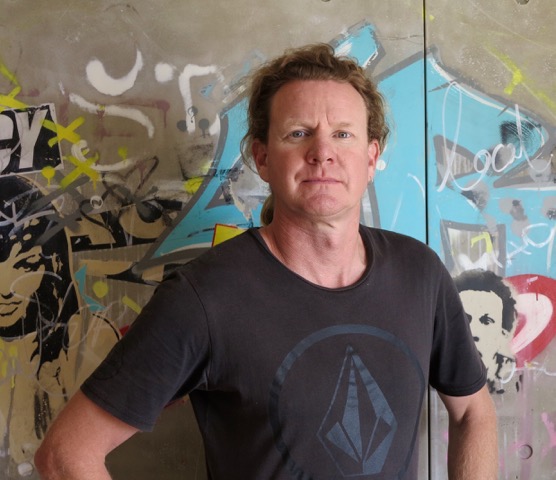
HAPPY: What inspired you to use a 3D effect on your artwork?
ANDREW: It really just happened on it’s own by the layering of different materials and texture which helps add depth to my work – it’s become my way of doing things. I like having that hidden element that’s obvious when you get closer to the work but, from a distance your eye will blend all the layers together to appear as paintings.
HAPPY: Professionally, what are your goals for the future?
ANDREW: Just keep working away at it and maybe try to get some more overseas exposure. I’ve done a lot of group exhibitions so maybe I look at some more solo shows.
While you’re here, check out our piece on Aussie musicians who are also artists.
